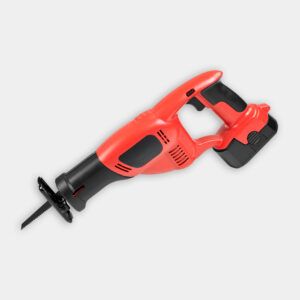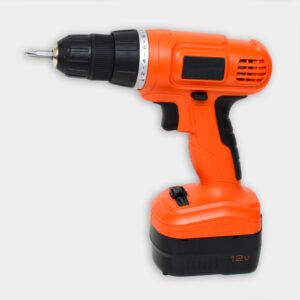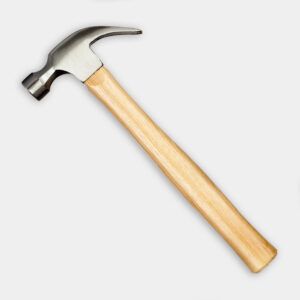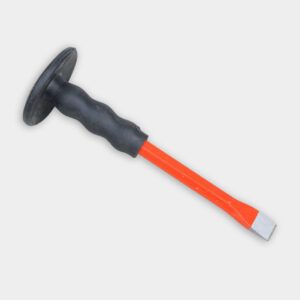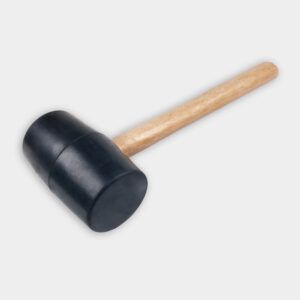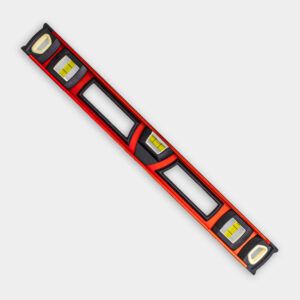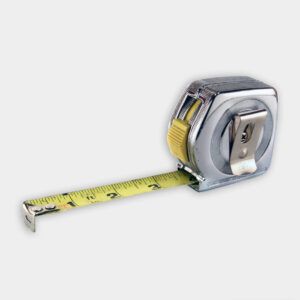We may be compensated if you purchase through links on our website. Our team is committed to delivering honest, objective, and independent reviews on home products and services.
A shower pan is the foundation of your shower, designed with a slight slope to direct water towards the drain. Over time, it may need replacing due to significant movement, visible leakage, or large cracks. Replacing a shower pan is a moderately complex project for DIYers that requires some demolition work and advanced plumbing skills. In this guide, we’ll walk you through the process of replacing a shower pan, ensuring a watertight and long-lasting shower base. In the video above, This Old House plumbing and heating contractor Richard Trethewey demonstrates the steps involved in this renovation project.
Preparing for Shower Pan Replacement
Before you start the replacement process, you’ll first need to prepare your workspace and gather the necessary tools and materials.
Assessing the Current Shower Pan
Begin by inspecting your current shower pan for signs of damage or wear. Look for the following indicators:
- Cracks or chips in the pan surface
- Water pooling or slow drainage in certain areas
- Mold or mildew growth around or under the pan
- Loose or missing tiles around the pan edges
If you notice any of these issues, it’s time to consider a replacement. Ignoring these signs can lead to more severe damage and costlier repairs in the future.
Gathering Tools and Materials
To replace your shower pan, you’ll need the following tools and materials:
- Reciprocating saw
- Drill/driver with various bits
- Hammer and cold chisel
- Rubber mallet
- 4-foot level
- Tape measure
- New acrylic shower pan
- PVC trap and fittings
- Galvanized screws for securing the pan
- Plywood strips (if needed for adjustments)
- Shims for leveling
- PVC primer and cement for secure joints
- Compression gasket
- Strainer and screen for the drain
Step 1: Removing the Old Shower Pan
The first step in replacing your shower pan is to remove the old one. This process involves some demolition work and careful handling of plumbing components. Wear protective gear such as gloves, safety glasses, and a respirator to avoid injuries during demolition.
Disconnecting the Plumbing
Start by turning off the water supply to the shower. Then, follow these steps to disconnect the plumbing components:
- Remove the shower drain cover using a screwdriver.
- Disconnect the drain pipe from the existing shower pan by loosening the fittings.
- If necessary, cut through the drainpipe connected to the old shower pan using a reciprocating saw for easier removal.
Demolishing the Surrounding Area
To access the old shower pan, you’ll need to remove some of the surrounding materials:
- Use a reciprocating saw to cut through the old acrylic shower surround. Take care to avoid cutting into any wiring or pipes behind the walls.
- Carefully remove the surround pieces to avoid damaging the underlying studs and framework.
- If present, remove any tiles or other flooring materials that extend beyond the length of the new shower pan to fully expose the base. Use a hammer and cold chisel to chop out any tile.
Removing the Old Pan
Once the surrounding area is cleared:
- Carefully lift and remove the old shower pan by gently prying it up from the corners. Enlist help if the pan is too heavy to lift alone.
- Clean the subfloor thoroughly, removing any debris, old adhesive, or caulk remnants. This is crucial to ensure a smooth and level surface for the new pan.
- Inspect the subfloor for any damage or rot that may need addressing before installing the new pan. Replace any damaged sections of subfloor as necessary before proceeding.
Step 2: Installing the New Shower Pan
With the old pan removed, you’re ready to install the new one. This process requires precision to ensure proper fit and drainage and to avoid future leaks and structural problems.
Preparing the Subfloor
Before placing the new pan, make sure the subfloor is adequately prepared:
- Check the subfloor with a four-foot level to ensure it’s even. Uneven surfaces can create problems with water drainage.
- Install shims as needed to create a level surface for the new pan. Place the shims on top of the subfloor where necessary.
Fitting the New Pan
To ensure a proper fit for your new shower pan:
- Place the new acrylic shower pan on the floor and check its fit against the studs. Adjust the studs if needed for a snug fit.
- If necessary, build out studs with ½-inch plywood strips to clear any obstructions, such as pipes or electrical conduits.
- Mark the shower pan’s drain hole location on the subfloor. Ensure it aligns perfectly with the existing plumbing. If not, you will need to drill a new hole in the floor, but make sure it is not directly above a joist.
- Note if the pan overlaps the floor tile; make adjustments as needed to ensure a flush fit.
Securing the Pan
After confirming the fit, it’s time to secure the shower pan:
- Attach the strainer to the drain hole in the shower pan. Ensure a tight and secure fit.
- Set the shower pan into place and check for level in all directions using your 4-foot level. Adjust with shims if necessary to achieve perfect leveling.
- Secure the shower pan to the studs using galvanized screws, making sure to drill pilot holes first. This prevents the acrylic from cracking and ensures a firm installation.
Step 3: Connecting the Plumbing
Proper plumbing connections are needed for a leak-free shower pan installation. Here are the steps to ensure your plumbing is connected properly.
Installing the Drain Assembly
To connect the new pan to the existing plumbing:
- Dry fit a new PVC trap to the drainpipe to make sure it aligns properly. Adjust as necessary before final installation.
- Once satisfied with the fit, glue the PVC parts together using PVC primer and cement. Allow sufficient drying time as specified by the product instructions.
- Connect the drainpipe to the shower pan’s strainer using a compression gasket for a watertight seal.
- Use a rubber mallet to tap the gasket and pipe flush with the shower floor, ensuring there are no gaps or misalignments.
- Install the screen to the strainer in the drain hole to complete the drainage setup.
Step 4: Finishing Touches
After the new shower pan is installed and connected, there are a few final steps to complete the project.
Installing Wall Surrounds
To finish the shower enclosure and protect the walls:
- Cover the walls with cement backerboard. This provides a solid and moisture-resistant surface for tiling.
- Apply a waterproof membrane over the backerboard to prevent water from seeping behind the walls. Ensure full coverage and no missed spots.
- Install tile or other finished material of your choice. Carefully grout the tiles and seal the edges for a polished look.
Sealing and Caulking
To ensure a watertight installation and finish:
- Apply a bead of silicone caulk along the edges where the shower pan meets the walls. This prevents water from seeping into gaps.
- Seal any gaps between the pan and the floor with caulk. Smooth out the caulk for a clean finish.
- Allow the caulk to cure completely before using the shower. Refer to the caulk manufacturer’s instructions for curing time.
- Check all connections and fittings for any potential leaks. Running water through the new drain will help you identify any issues that need immediate attention.
